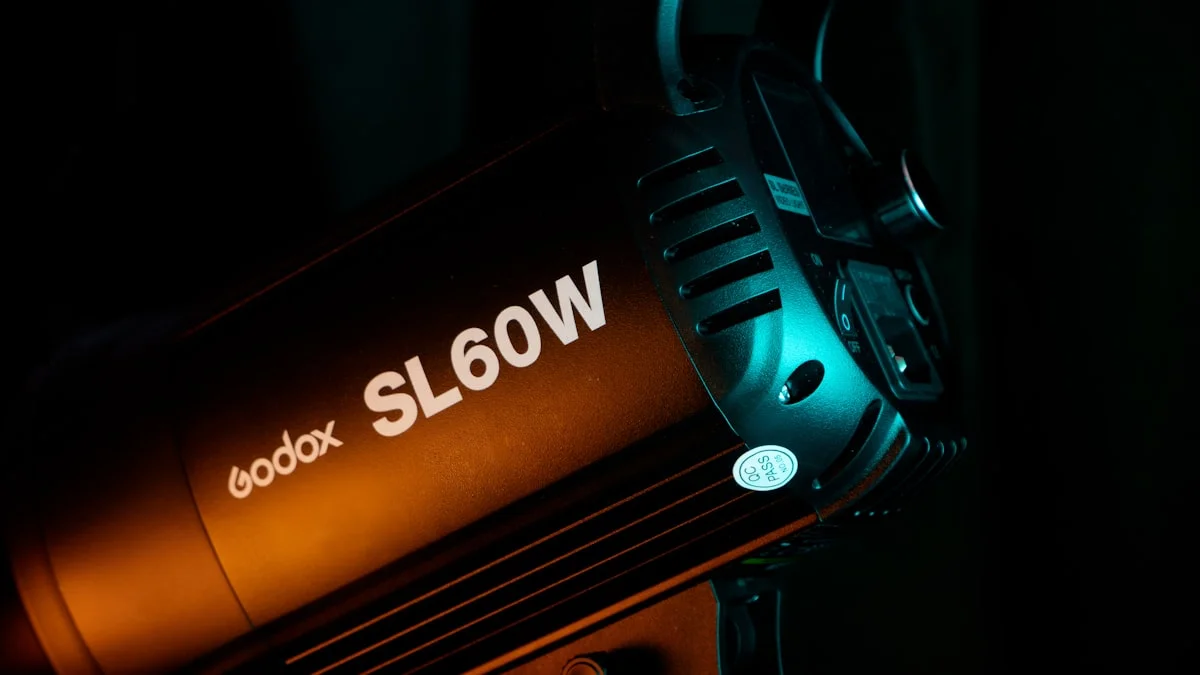How to Speed Up Computer Performance in 2025: Expert Tips
Is your computer running slower than usual? Learning how to speed up computer performance can save you time and frustration. Whether you’re dealing with an aging machine or a newer system that’s suddenly sluggish, there are proven ways to optimize your device. In this guide, we’ll explore actionable steps to speed up computer performance, helping you restore efficiency and extend its lifespan.
Why Is My Computer Running Slow?
Before diving into solutions, it’s important to understand why your computer might be slowing down. Common culprits include excessive background processes, insufficient RAM, fragmented storage, malware infections, and outdated software. Over time, accumulated temporary files and unnecessary programs can also bog down system performance. Identifying the root cause is the first step toward effectively speeding up your computer.
Clear Out Unnecessary Files and Programs
One of the easiest ways to speed up computer performance is by removing clutter. Over time, temporary files, cached data, and unused applications consume valuable disk space and system resources. Start by running a disk cleanup tool to delete temporary files, system logs, and redundant downloads. Next, uninstall programs you no longer use. Many applications run background processes even when idle, so eliminating them can free up processing power and memory.
Optimize Startup Programs
Too many programs launching at startup can significantly slow down your boot time. Open your system’s task manager or settings menu to review and disable unnecessary startup applications. Keeping only essential programs—such as antivirus software—running at startup will help your computer load faster and operate more efficiently. This simple adjustment can make a noticeable difference in overall speed.
Upgrade Your Hardware
If software optimizations aren’t enough, consider hardware upgrades. Adding more RAM can dramatically improve multitasking capabilities, while switching to a solid-state drive (SSD) will enhance read/write speeds compared to traditional hard drives. Even older computers can benefit from these upgrades, often at a reasonable cost. If your device still struggles after hardware improvements, it may be time to evaluate a newer model.
Keep Your System Updated
Outdated operating systems and drivers can lead to compatibility issues and performance bottlenecks. Regularly check for updates to ensure your computer runs the latest software versions. Manufacturers frequently release patches that optimize speed, fix bugs, and improve security. Enabling automatic updates can help maintain peak performance without manual intervention.
Scan for Malware and Viruses
Malicious software can silently consume system resources, drastically slowing down your computer. Run a full system scan using a trusted antivirus program to detect and remove any threats. Additionally, avoid downloading files from untrusted sources and be cautious with email attachments. Keeping your security software updated ensures protection against the latest threats.
Adjust Visual Effects for Better Performance
Modern operating systems include visual effects that enhance aesthetics but may strain system resources. If your computer is struggling, consider reducing or disabling animations, transparency effects, and other non-essential visuals. This adjustment can free up processing power for more critical tasks, helping your machine run smoother.
Defragment Your Hard Drive (If Using HDD)
For those still using traditional hard disk drives (HDDs), defragmentation can help reorganize fragmented data, improving access speeds. While SSDs don’t require defragmentation, HDDs benefit from this process, especially if they haven’t been optimized in a while. Most operating systems include built-in defragmentation tools that can be scheduled for regular maintenance.
Increase Virtual Memory
If your computer frequently runs out of RAM, increasing virtual memory (also known as the page file) can help. This setting allows your system to use part of the hard drive as temporary memory when physical RAM is exhausted. Adjusting virtual memory settings can prevent slowdowns during memory-intensive tasks, though it’s not a substitute for upgrading physical RAM.
Monitor Resource Usage
Task Manager (Windows) or Activity Monitor (Mac) provides real-time insights into which applications and processes are consuming the most resources. Identifying resource-heavy programs can help you decide which to close or uninstall. If a specific application consistently causes slowdowns, check for updates or consider alternative software that’s less demanding.
Consider a Fresh Operating System Install
If your computer remains sluggish despite all optimizations, a clean operating system reinstall may be the best solution. Over time, system files become corrupted, and residual software clutter accumulates. Reinstalling the OS wipes all data, so be sure to back up important files first. A fresh install often restores a computer to its original speed.
Final Thoughts
Knowing how to speed up computer performance can breathe new life into an aging machine or optimize a newer one. By following these expert tips—clearing unnecessary files, managing startup programs, upgrading hardware, and maintaining security—you can enjoy a faster, more responsive system. Regular maintenance and proactive optimizations will ensure your computer stays efficient well into 2025 and beyond.

